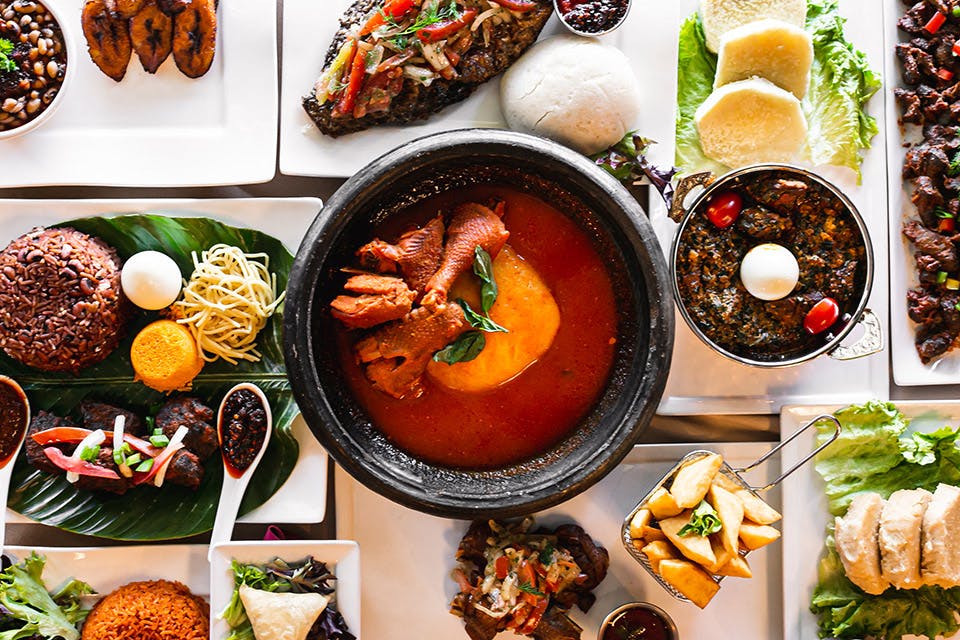Food + Drink
Seasonal Goodness
Take advantage of spring’s bounty and enjoy the enhanced flavors of locally sourced foods.
Related Articles

Drelyse African Restaurant, Columbus
Restaurateur Lisa Bannerman’s capital-city spot serves the authentic dishes she grew up with in Ghana. READ MORE >>

Speakeasy Ramen, Springfield
Housed in a former neighborhood bar, this small restaurant’s Japanese-inspired menu draws diners from near and far. READ MORE >>

10 Ohio Fall Foods and Brews
Take a flavorful trip through the season with Resch’s Bakery’s pumpkin doughnuts, Maggie’s Doughnuts’ apple fritters, great seasonal brews and food-filled Oktoberfest celebrations. READ MORE >>

